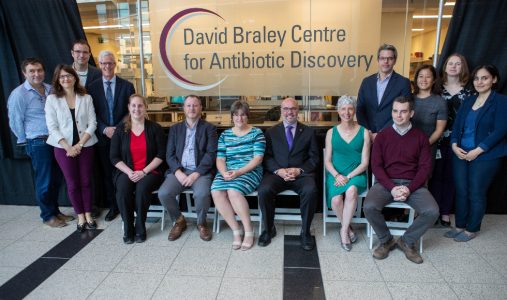Originally published by Bell Eapen at nuchange.ca on November 3, 2018. If you have some feedback, reach out to the author on Twitter, LinkedIn or Github.
Health data warehousing is becoming an important requirement for deriving knowledge from the vast amount of health data that healthcare organizations collect. A data warehouse is vital for collaborative and predictive analytics. The first step in designing a data warehouse is to decide on a suitable data model. This is followed by the extract-transform-load (ETL) process that converts source data to the new data model amenable for analytics.

The OHDSI – OMOP Common Data Model is one such data model that allows for the systematic analysis of disparate observational databases and EMRs. The data from diverse systems needs to be extracted, transformed and loaded on to a CDM database. Once a database has been converted to the OMOP CDM, evidence can be generated using standardized analytics tools that are already available.
Each data source requires customized ETL tools for this conversion from the source data to CDM. The OHDSI ecosystem has made some tools available for helping the ETL process such as the White Rabbit and the Rabbit In a Hat. However, health data warehousing process is still challenging because of the variability of source databases in terms of structure and implementations.
Hephestus is an open-source python tool for this ETL process organized into modules to allow code reuse between various ETL tools for open-source EMR systems and data sources. Hephestus uses SqlAlchemy for database connection and automapping tables to classes and bonobo for managing ETL. The ultimate aim is to develop a tool that can translate the report from the OHDSI tools into an ETL script with minimal intervention. This is a good python starter project for eHealth geeks.
Anyone anywhere in the world can build their own environment that can store patient-level observational health data, convert their data to OHDSI’s open community data standards (including the OMOP Common Data Model), run open-source analytics using the OHDSI toolkit, and collaborate in OHDSI research studies that advance our shared mission toward reliable evidence generation. Join the journey! here
Disclaimer: Hephestus is just my experiment and is not a part of the official OHDSI toolset.
- SSH URL
- Clone URL




